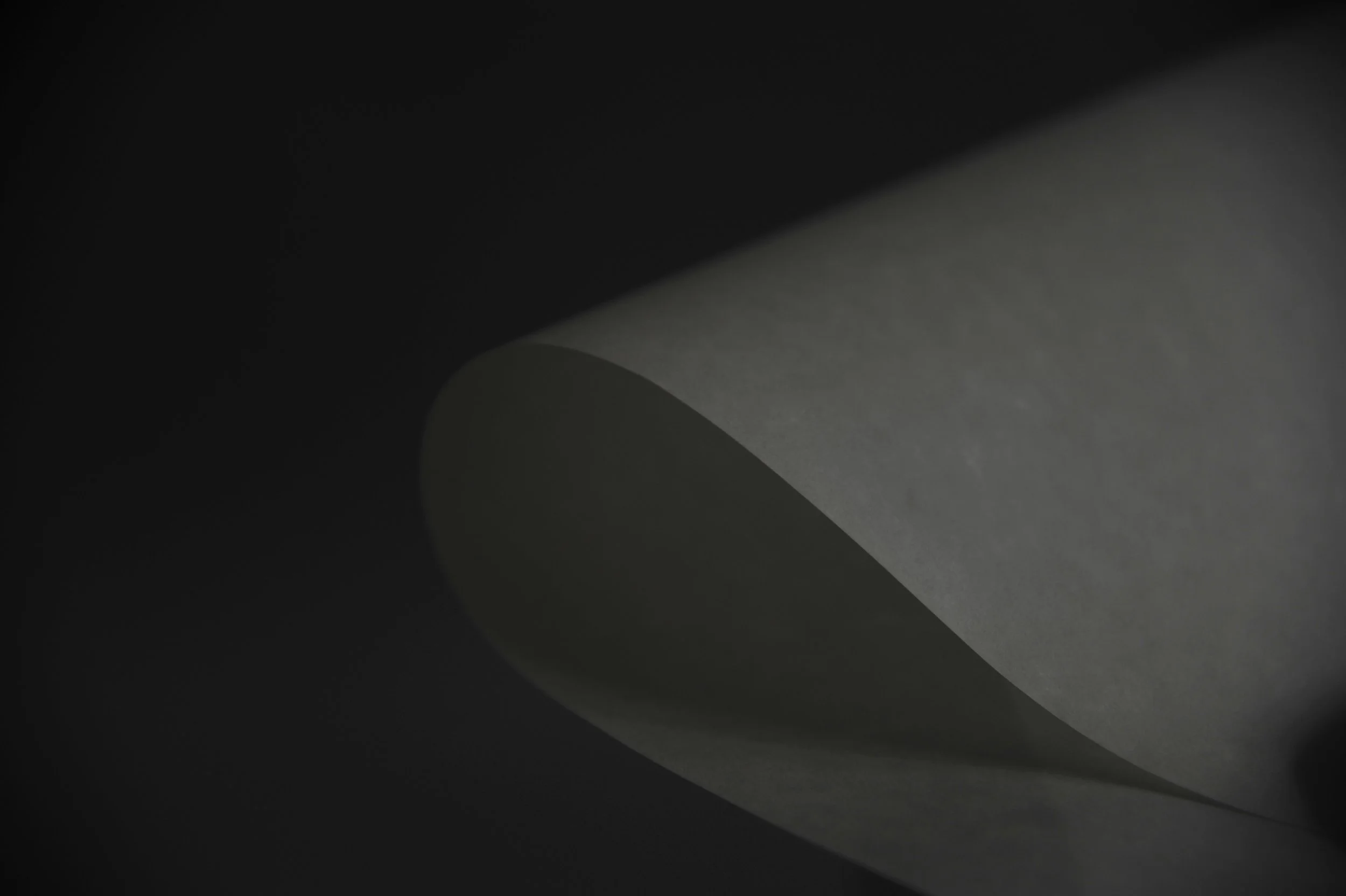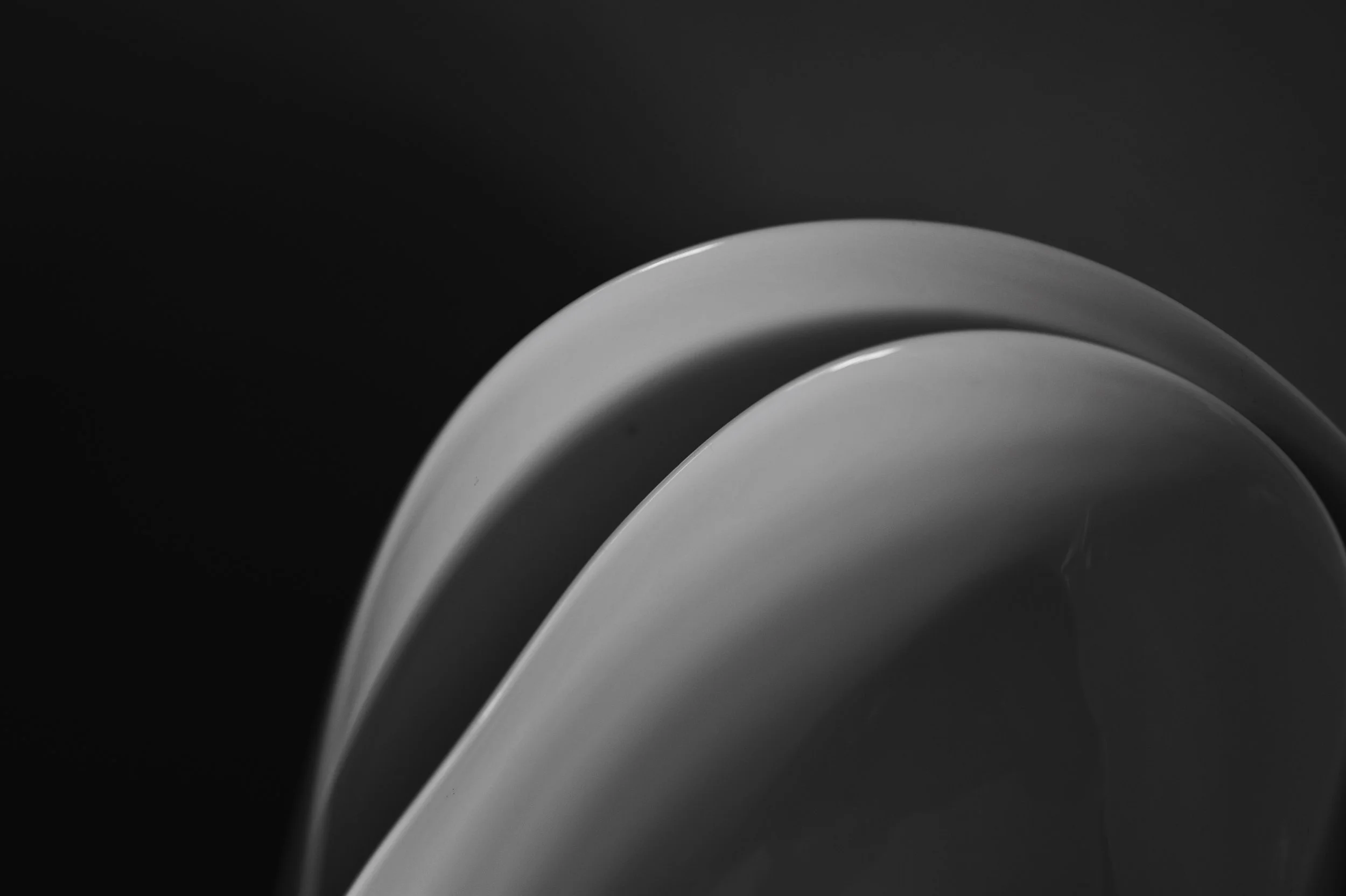Etiquette of Carefulness
Recently, while washing my dishes, I chipped a corner of my beloved rice bowl by accident. I felt a dull sense of agony and guilt, as if a piece of myself had been damaged. Perhaps at some level, we are deeply connected to the objects that we live with. A thought loop formed in my mind – led by a persistent, nagging voice, reminding me to be more careful with my possessions in a seemingly fragile environment.
This incident had me contemplating about the environment in which we live in. Being born into a concrete jungle and a plastic-filled world, it is almost fair to assume that our surroundings are unbreakable – even if the earth trembles. The resistant nature of everyday materials such as plastic and silicone undeniably brings huge convenience to mankind – one no longer needs to worry about their toddler obliterating their collection of fine china and glassware, and having to deal with the aftermath of the mess. Instead, one can now allow the toddler to fiddle with his beloved (and filled) drinking cup made from colourful silicone, on the vinyl wooden table top without worrying about spillage stains or broken bits of china.
I find myself wondering at times – how much does our environment affect our sense of empathy, carefulness and awareness towards our surroundings and fellow mankind, in a world that seems so resilient to destruction? If one were to grow up in a setting in which nothing can be broken, then how would one understand or experience the consequences of true damage? An empathetic mind cannot be cultivated without a sense of vulnerability and the tribulations of loss. Perhaps materials can help us with that.
There is an old saying – “The world in which you live in, shapes you.” There is certainly some truth to that. Surrounding yourself with things that possess particular values and qualities will in turn cultivate a certain way of living. Such values and qualities that an object possesses are usually derived from the material it is made from. As such, the true essence of a material therefore extends beyond its aesthetic attributes of colour and texture. Rather, its vulnerability, fragility and accessibility are the properties imbued with lessons, waiting to be taught. With this, I hope to share some of my thoughts on certain materials that I live and work with on a daily basis.
I am no material expert and as such, will not be focusing on the scientific aspects of each material. Rather, I hope to pen some of my personal views on these materials that I have labelled ‘The Two Whites of China’ – namely porcelain and paper. Both materials are by - products of ancient China’s technological advancements – paper being one of the four great inventions of the time, and porcelain being one of the most treasured and magical materials in her documented history. These two materials may appear very different in their aesthetic and scientific uses, but do actually have a lot in common…
READ THE FULL PIECE IN ABSTRACTS – ISSUE ONE: IMPERMANENCETEXT & Images By Anatomy of things

